Fearmongering: Part Five
2000-Now
Welcome, one and all, to the final episode of Fearmongering! I’m taking you all through to the modern day with this one, then a bit of a wrap-up at the end. It’ll be a long one, but then back to your regularly scheduled programming for the next post. None of you have told me what you want for the anniversary post, so it’s up to me now, and is a surprise. Happy reading, stay spooky, and enjoy this final Fearmongering post!
[This post’s charity is the YWCA, which seeks to empower women by removing them from harmful, unsafe, or abusive situations. Please donate if you are able. https://www.ywcacassclay.org/donate ]
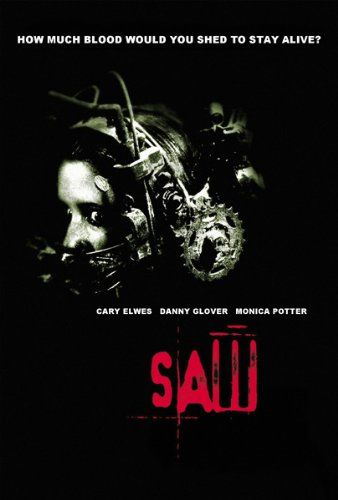
Horror movies in the early 2000s were, from what I can tell, either really schlocky, or absolutely terrifying. I’m talking Scary Movie and American Psycho coming out in the same year. In terms of historical events, this phenomenon can be explained by three things: 9/11, George W. Bush, and the growing technological age. Turns out, terrorists crashing planes into buildings does fuck people up for a while.
For a good bit of the 2000s, the general public was in a general state of delirium, and movies reflected that. Anyone could be a terrorist, computers were going to take over the world, and the government was falling apart. And horror movies were reflecting that. During the 2000s, there was a big uptick in apocalypse horror, with movies like 28 Days Later and Dawn of The Dead, indicating not just widespread fears of a technological apocalypse, but of incompetent authority figures like Bush. There was also a significant increase in very personal horror movies, like Saw, The Ring, and Bubba Ho-Tep. These kinds of movies indicated a world that was shrinking, an information superhighway that was weaving a new web of connections, where anyone could find anyone. Even if, like in Bubba Ho-Tep, technology wasn’t a main point, it was such a cultural phenomenon that its presence was undeniable. Fears of technology were further presented in movies like The Ring (again), Rec, Lake Mungo, and Paranormal Activity.
Interestingly enough, this was also the era of the parody. The Scream franchise was ongoing, as was the newly created Scary Movie franchise. It should be noted that many of these parodies weren’t much good. In fact, many of them were the aforementioned schlock that served as a stark contrast to more serious and scary movies that were coming out at the same time. These kind of parodies - the kind that were for people that didn’t understand proper satire - were a result of the changing comedy genre that came from frat boy humor leaving SNL and making its way to the movie industry. They indicated a part of pop culture that, in the wake of a tragedy, was a little too shaken up to take anything that seriously. That said, this was also the age of truly brilliant horror comedies like Shaun of The Dead, The Devil’s Rejects, and Jennifer’s Body. Women were starting to make their presence known in the genre, which is generally a very good thing.
Women were starting to find their place in comedy, with Amy Poeler and Tina Fey stepping up to write for SNL, and such was the moment in horror as well. The 2000s brought with them a growing trend of female-directed horror movies that has continued into the present day. Movies like Jennifer’s Body and Ginger Snaps made poignant comments about the ways women’s bodies are controlled by society by turning them into literal monsters to overemphasize how they are treated in the media. A timely Black Christmas remake further brought this point home, especially with all of these following American Psycho (2000), which was directed by a woman and written by two (Mary Herron and Guinevere Turner). 2000s horror showed that not only were people scared, they were also getting angry again. And the following fifteen years have carried that trend all the way through.
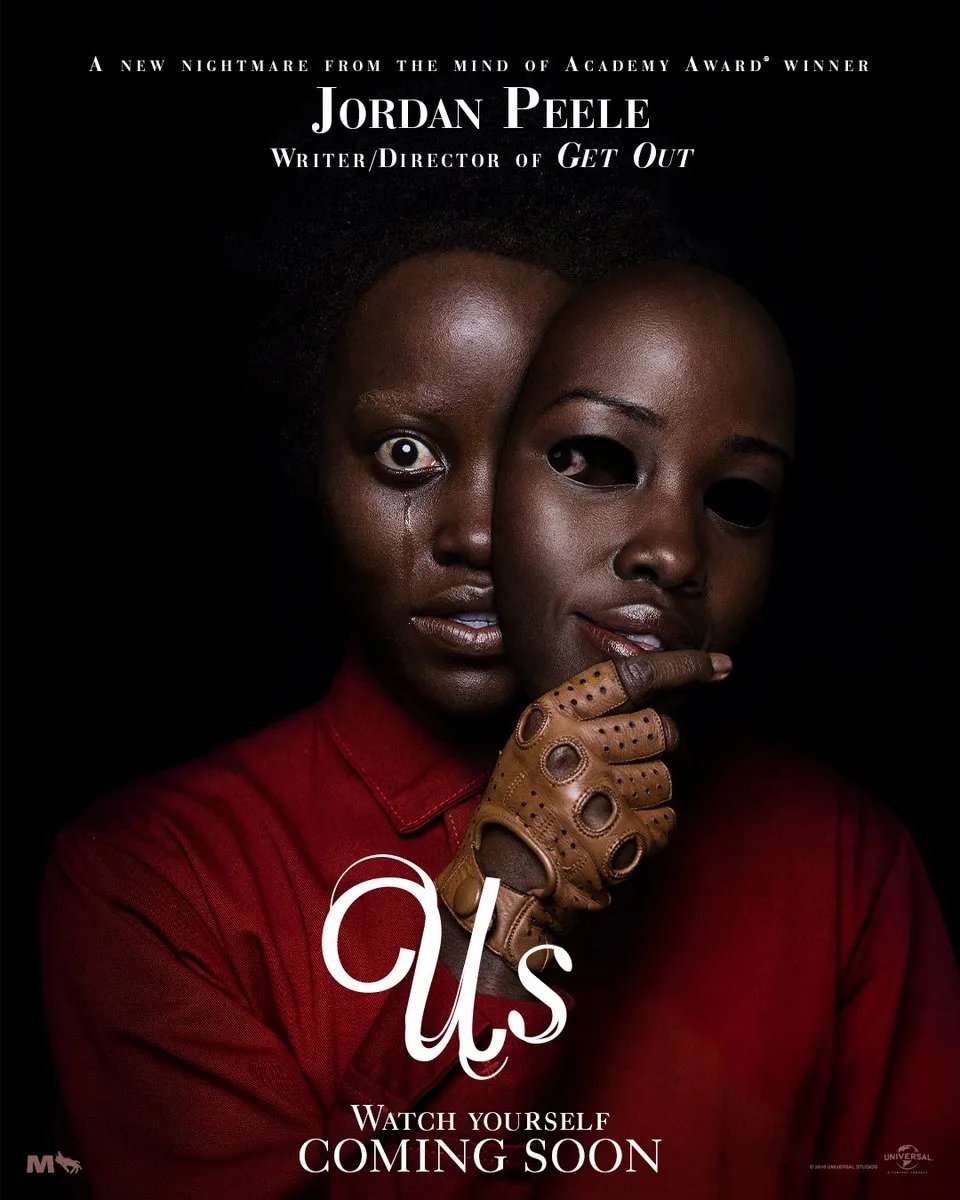
The early 2010s were a brief moment of hope for America. The first black president was in office, George W. Bush wasn’t anymore, and it had been a whole decade since 9/11. However, the last several decades (who are we kidding, the last century) had been quite a time. As such, horror movies continued focusing on interpersonal relationships, but began focusing more on trauma. The phenomeon of hauntings and possessions as trauma metaphors that we saw post World Wars and the 60s was back in full force, with movies like The Conjuring, The Witch, and It Follows bursting onto the scene. Women, people of color, queer people, and disabled people were slowly starting to find the horror spotlight as well. The ongoing Child’s Play franchise introduced a disabled final girl in Curse of Chucky with Nica Pierce, and a genderqueer character in Seed of Chucky with Glen/Glenda. Jennifer Kent absolutely smashed down doors with The Babadook, taking on the myth that children are always perfect little bundles of joy, and examining how grief takes its toll on mothers in the specific. James Wan examined the perfect American family with The Conjuring. Art horror was about to be on the rise, with horror movies taking a turn towards character studies and psychological scares with this new moment of relative quiet. And then, in 2017, the Obama administration ended, and the first Trump administration began.
If horror movies were psychological and political before the first Trump administration (which they were, and always have been), they became political during and after it. Jordan Peele exploded into the genre with Get Out in 2017, then took it one step further with Us in 2019. Ari Aster took a truly horrifying look at cult mentality and family trauma with 2018’s Hereditary, then again with his daytime cult horror masterpiece Midsommar in 2019. The 2017 remake of It challenged growing senses of nostalgia by reframing childhood trauma. People were angry and scared under the first Trump administration, like they were under Bush and Reagan. And, just like under Bush and Reagan, horror movies were really showing it. Then, just to make things worse, there was a global pandemic.
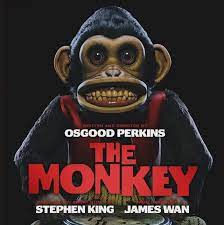
The Covid-19 pandemic fucked everything up. Suddenly, the world was in lockdown, everyone who could was working from home in near-isolation, and those who couldn’t were working in dangerous, scary conditions. Broadway shut down, as did Hollywood. At the same time, 2020 was an election year, police brutality was coming to light, sparking protests all over the nation, and the first week of 2021 came with an insurrection in D.C. All that to say, horror got weird, and popular, very fast.
A wave of nostalgia for, well, really any other time swept the nation, evident in shows like Stranger Things, and movies like Fear Street. Horror of all subgenres was on the rise. People were turning to onscreen horrors to distract themselves from the growing number of real life ones. The past five years have seen psychological movies like Longlegs and Heretic, splatters like In A Violent Nature and Abigail, a proper slasher revival, artsy horror movies like I Saw The TV Glow and Talk To Me, and more. Remakes and sequels run amok being shockingly good. Dark horror comedies find it in themselves and their audiences to laugh at terror. Body horror puts societal views of women’s bodies under a bloody lens. A distinct uptick in movies centering the horrors of forced birth and pregnancy has followed the overturning of Roe V. Wade. Technological horror movies are following the rise of AI use. In short, horror movies are doing what they’ve done since their beginning - reflecting societal fears right back at us.
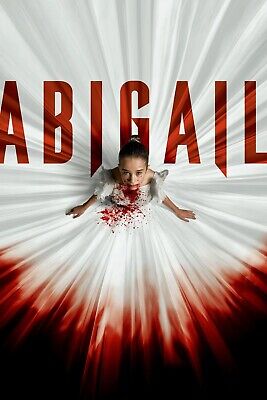
So all of this brings us to the big question. Now that I’ve covered over a century of horror movies (110 years, 2 months, and 28 days, to be exact) why did I do that to myself, and you, my beloved audience? Wasn’t my regularly scheduled classic movie analysis through a modern lens to dispel the myth that kids these days don’t understand or feel the effects of horror movies enough? Did that not already say what I wanted to? Well, yes and no.
I, like many people in America, was absolutely devastated by the results of the latest Presidential election, and didn’t know what to do about it. I did, however, know that horror movies have huge cultural, societal, and historical implications, and that I could write about those. I decided to start this series to try and promote historical analysis of horror movies, and make people take them more seriously. Because horror is art, and should be taken as such. Horror also promotes empathy, acceptance, and cooperation. The horror community is one of the nicest ones out there, with support and kindness everywhere you turn. And I’ve about had it with modern horror movies in particular being dismissed as not scary or relevant. I began this series to prove that, while horror has changed and evolved greatly over the years, it still serves the same purposes it has since the original Nosferatu. It opens up difficult conversations, helps people reckon with real-life difficulties in a safe way, builds friendships, examines societal fears and norms, and so much more.
I’ve known people to say that they don’t watch horror movies because the news is enough for them. And to that I say: that’s why we need horror. Horror is most important in uncertain times, times of upheaval and fear. The real world is scary, yes, that’s why horror is there in it. So, next time you need to turn off the news, or stop doomscrolling, maybe watch a horror movie. It doesn’t have to be anything in particular, just something to provide a little bloody comfort in the fear. I’ll put a list of my favorites below. 💚
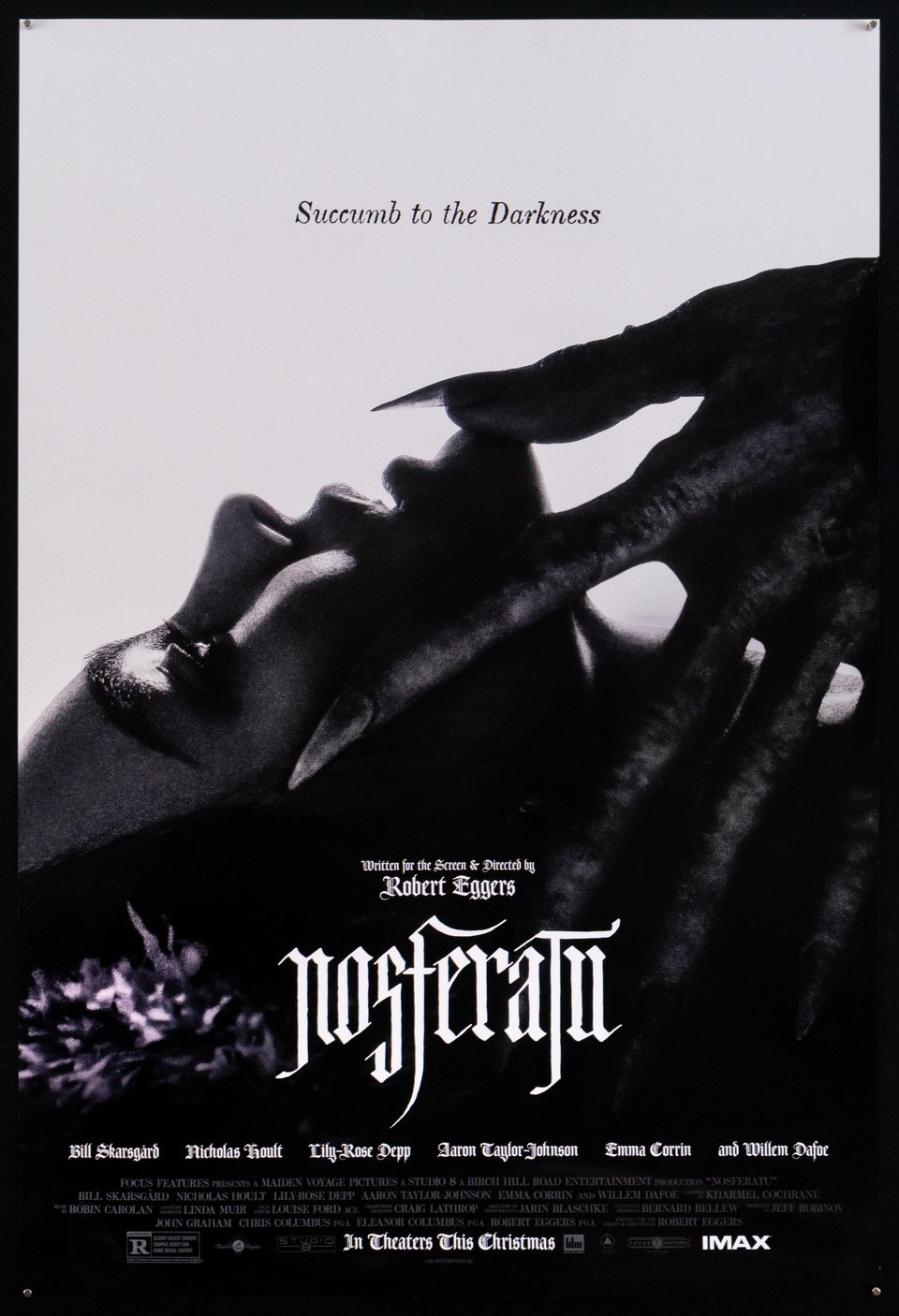
Thanks for reading, all! That’s Fearmongering! Thank you all for coming on this ride with me. I hope you enjoyed it, and learned something new. I’m so very proud of this project, so I would really appreciate if y’all could get a little word of mouth or something going, get this series out there. Either way, you let me speedrun you through over a century of horror movies with one break in the middle on the standard once every two weeks release schedule, and I’m beyond grateful for that. I’ll see you again on Friday the 13th! Happy reading and stay spooky! 🔪⌛💚🩸
My Favorite Horror Movies (as promised):
The Exorcist
A Nightmare on Elm Street
Sleepaway Camp
Child’s Play (the entire franchise except the 2019 remake)
The Evil Dead (the original)
The Texas Chain Saw Massacre
Scream
Shaun of The Dead
All of Jordan Peele’s movies
Jennifer’s Body
…And many more
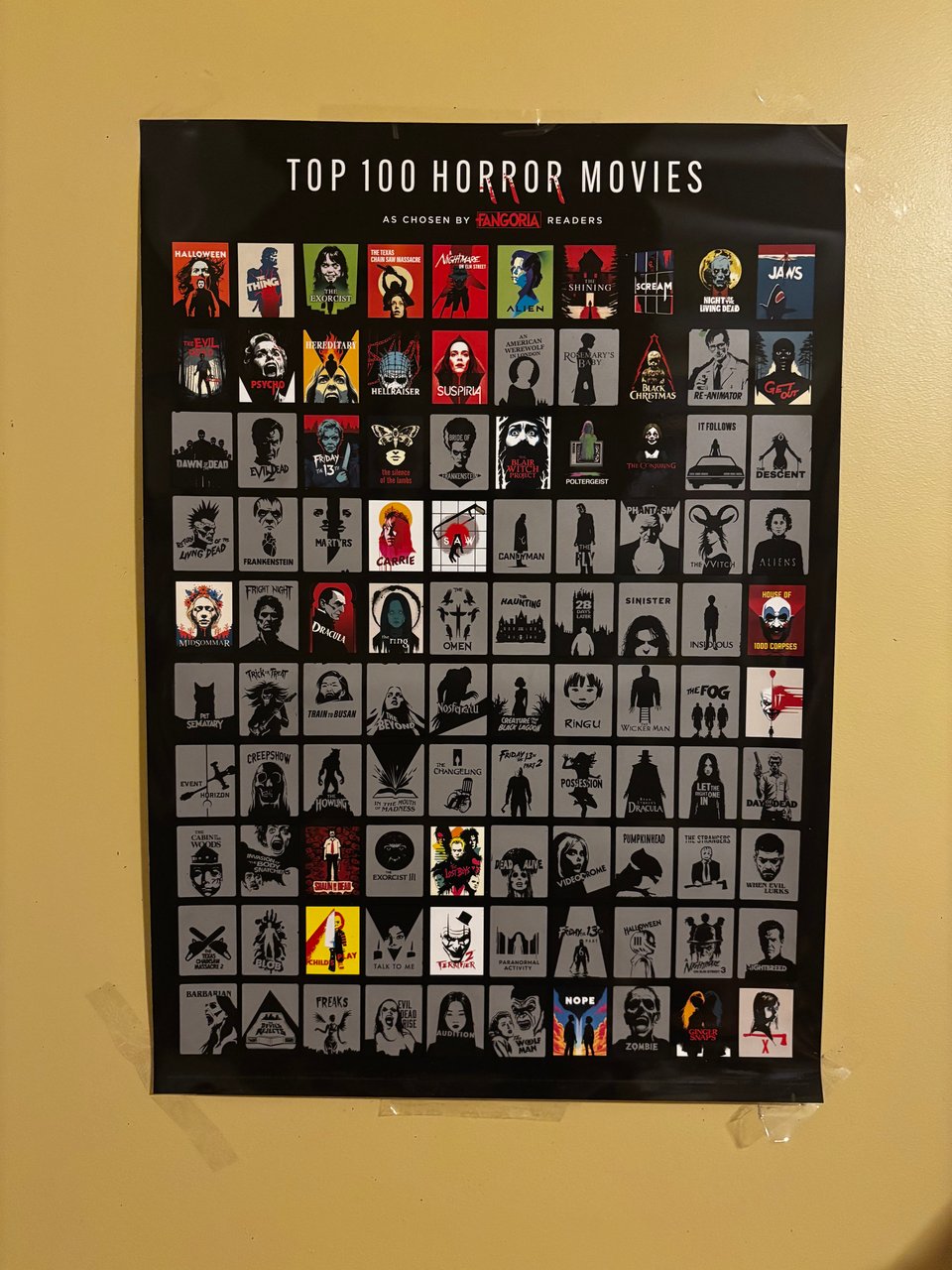
Thanks again for reading! I’m so grateful to have all of you reading my analytical ramblings, especially when you let me take you through the entire history of horror movies. Stay spooky! 🔪🩸💚